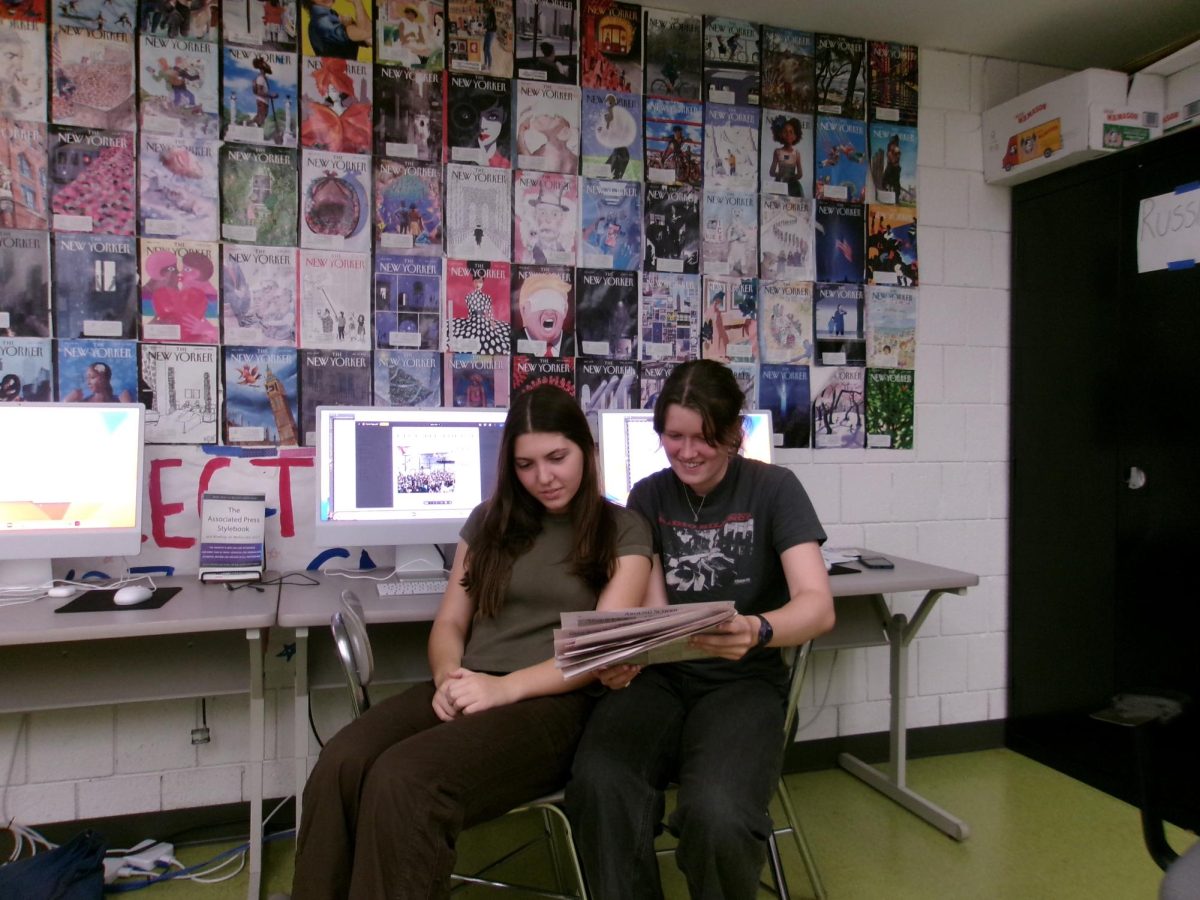CPS Must Hire More Teachers of Color
December 2, 2021
The scarcity of Black and Brown teachers in Cambridge isn’t a surprise. In 2017, 20% of CPS teachers were people of color. Over the past 5 years, the goal has been to increase the amount of teachers of color by 10%. This is in comparison to the data collected by CPS in the same year: “58% of students are students of color.” That isn’t just at the high-school level that houses about 2,000 students, but throughout the entire district.
As a woman of color who has been a student in Cambridge Public Schools for nearly my entire life, I have only had three teachers of color. Sadly, my experience is not unique, but one that is shared between many students of color at CRLS.
The diversity of the staff should reflect that of its students, a necessary step toward preventing discrimination in the classroom. Data compiled in October 2018 by ProPublica found that, “Black students are 3.1x more likely to get suspended than white students at CRLS.” In certain situations, a teacher of color might be able to handle a situation with a student of color better than a white teacher, due to the level of understanding between them; that, however, isn’t always the case. Hiring more teachers of color has been at the forefront of many improvements that CPS claims to want to make, but there doesn’t seem to be enough actually getting done.
In addition to hiring more teachers of color, CPS should be actively trying to create spaces for students and teachers of colors. The issue isn’t hiring teachers of color, as much as it is keeping the
teachers and allowing them to create an environment where all of their students feel comfortable, no matter their race. The current hostility towards teachers of color creates an isolating experience for both students and teachers. An example of this is Kevin Dua, a former CRLS teacher and Black Student Union (BSU) advisor. Dua was driven away from the CRLS community by standing up for the Black students who came to him expressing their frustrations with the administration.
BSU member Helen Kidanemariam ’23 told the Register Forum, “As a person of color who doesn’t really see teachers who look like me, I feel like I am underestimated constantly because of unconscious racial bias.” Kidanemariam’s common experience emphasizes that students of color would feel more comfortable with more teachers of color, and find benefits from increasing representation within staff.
As individuals who are a part of the Cambridge school community, we must do our best to try and make the community safe for teachers and students of color. This fight isn’t just one that student organizations such as the BSU, Cambridge Youth Council, Latinx Club and Asian Club should be taking on, but one that should be pushed by us all. While the 30% goal is the priority in order to create an equitable district is the priority.
This piece also appears in our November 2021 print edition.









